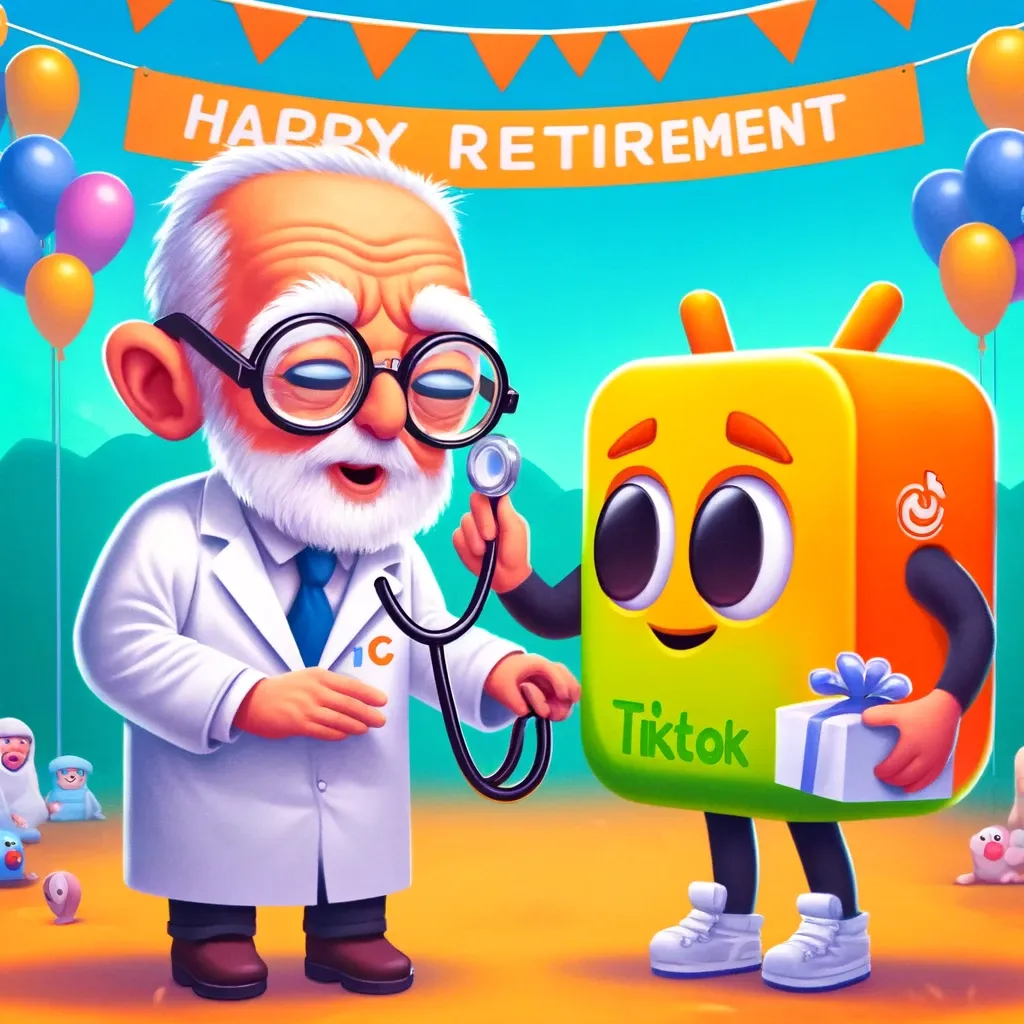Dr. Google is Retiring - Say Hello to Dr. TikTok

Do you remember the days when patients typed their symptoms into Google and were directed to various websites offering a mix of advice, both good and bad? Then, they would visit their doctors, hoping to confirm what they had learned online. Those days are nearly over - TikTok is quickly becoming the go-to platform for healthcare advice.
The social media platform TikTok has 1.5 billion users worldwide, including 150 million in the USA and 21 million in Germany. Remarkably, 41% of all TikTok users are between the ages of 16 and 24, and they spend an average of 1.5 hours per day on the platform.
What Makes TikTok So Special Compared to Other Social Media Platforms?
The answer lies in its unique algorithm and the "For You" page. When you set up an account, you initially see very generic videos (known as TikToks). However, as you interact with different content, the algorithm quickly learns about your preferences. On subsequent visits to your "For You" page, you will find content tailored to your tastes. This means you're more likely to engage with content from creators you haven't vetted, making TikTok’s algorithm and user experience distinct from other platforms.
What Kind of Healthcare Content Is on TikTok?
The range of topics is vast, covering everything from dermatology to abortion. Studies have shown that most healthcare content on TikTok can be categorized into patient experiences and healthcare advice.
What Makes Creators and Content So Trustworthy?
The typical format features videos from a front-facing camera with a single "creator" speaking directly to the audience. This format helps you feel a personal connection with the creators, turning to them for questions you might hesitate to ask your parents or doctor. Furthermore, the sheer amount of time spent on TikTok (an average of 1.5 hours per day!) compared to a typical 15-minute doctor's appointment makes these virtual relationships seem even more significant.
What Are the Challenges With Learning About Healthcare From TikTok?
Like all technologies, TikTok comes with its pros and cons:
- Algorithmic Bias Toward Misinformation:The algorithm prioritizes engagement over accuracy. If you frequently interact with misleading content, you may continue to see incorrect or harmful information.
- Variable Content Quality:The accuracy of the content varies depending on the creator's background. Healthcare professionals tend to provide reliable information, while non-experts might post misleading content, especially on trending topics that attract views and likes.
- Oversimplification and Misinterpretation:Trying to explain complex medical issues in short, entertaining videos can lead to oversimplification and errors, particularly in videos that are under three minutes long.
How Can We Use TikTok to Improve Healthcare?
Ignoring TikTok isn't a solution, as it meets the needs of a vast audience. Here’s how healthcare professionals can use TikTok to their advantage:
- Become a Creator:Create accurate, high-quality content to positively influence healthcare decisions. While this isn't for everyone, it's an avenue worth considering.
- Stay Informed About Patient Trends:Understanding what your patients are watching helps you address misinformation and serves as a great conversation starter.
- Understand Patient Concerns:Patients often ask questions on TikTok that they wouldn't ask their doctor. Discovering these questions can help you better understand and address your patients' concerns, thereby improving the healthcare you provide.
TikTok offers a unique opportunity to enhance patient care and education. By embracing this platform, healthcare providers can expand their reach and impact in the digital age.
Sources:
- https://jamanetwork.com/journals/jama/article-abstract/2816695 (accessed 22-04-24)
- https://www.statista.com/statistics/272014/global-social-networks-ranked-by-number-of-users/ (accessed 22-04-24)
- https://newsroom.tiktok.com/de-de/mau-announcement (accessed 22-04-24)
- https://wallaroomedia.com/blog/social-media/tiktok-statistics (accessed 22-04-24)